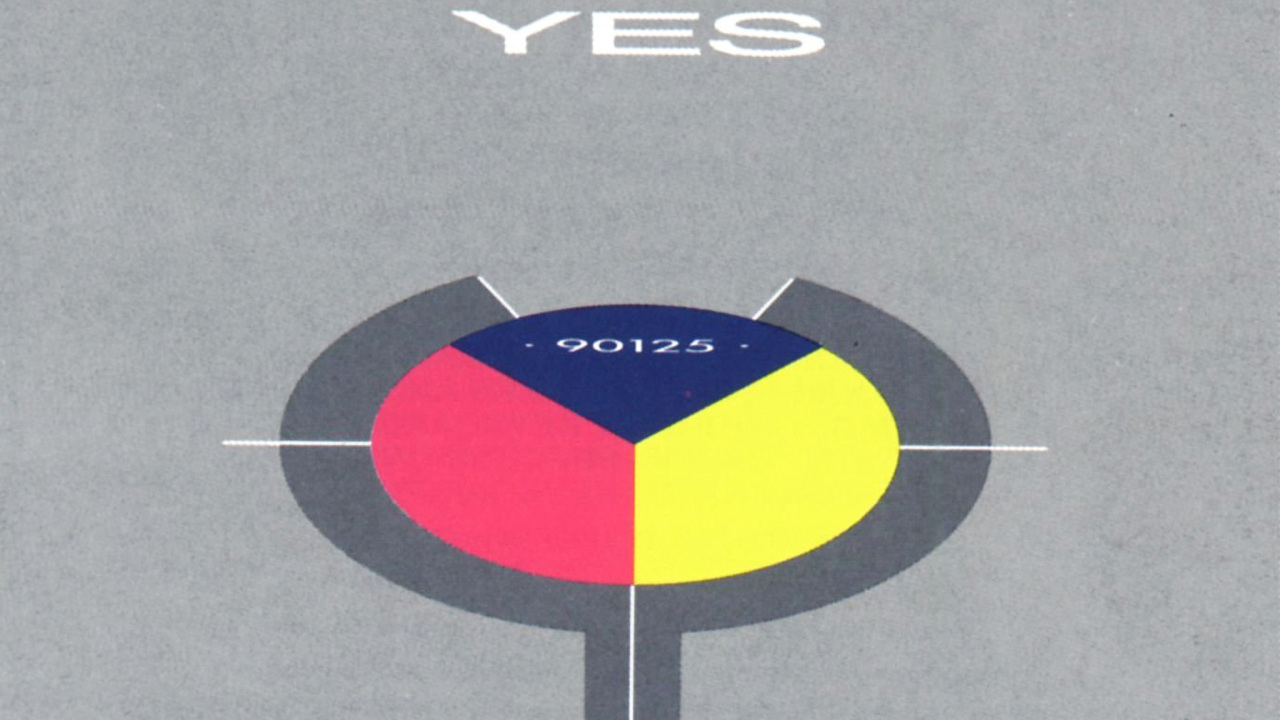Designer Gary Mouat tells the story of the art for an album that could have been called 80102!!
Yes - 90125
(Atlantic, 1983)
Throughout the 70s, the album sleeves that adorned Yes albums had a consistently, surreal approach with Roger Dean and later Storm Thorgerson providing the distinctive art. With the band reforming in the early 80s and their music taking an increasingly contemporary, poppier turn, the band were wary of returning to the more mystical sleeve. Instead, they approached designer Garry Mouat to provide a fresh, computer designed cover which they felt would, like their new music, provide a distinctive break from their past. That decision naturally caused consternation amongst some the band’s followers who saw the abandoning of Roger Dean’s art as a further illustration of how the band had “sold-out”. Mouat recalls the background to 90125.
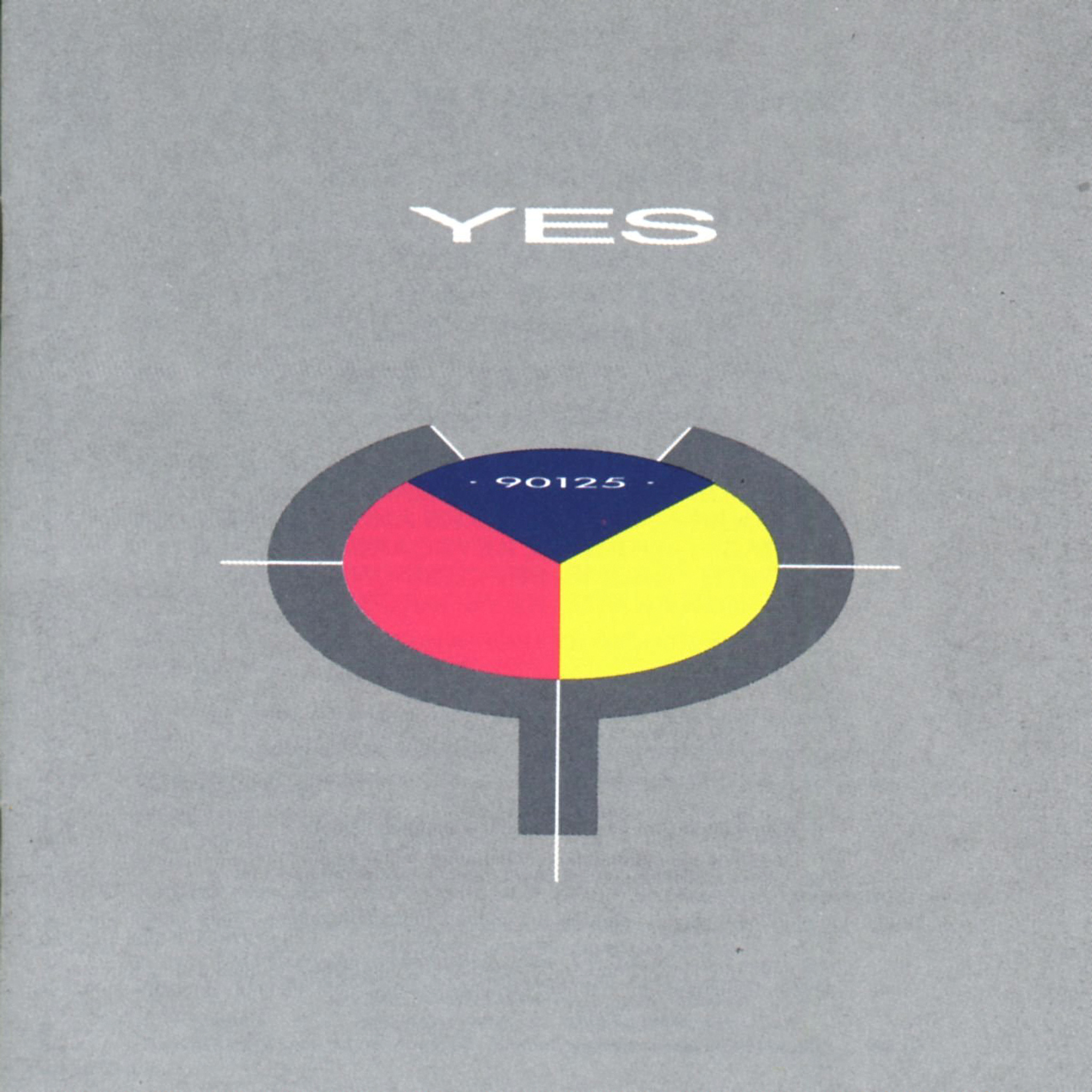
So how did you get involved in working on that album?
“Well I had originally worked with Trevor Horn [the album’s producer] when he set up the ZTT record label. So he approached me and asked me if I wanted to design the sleeve. At that point the band were still called Cinema and Jon Anderson hadn’t returned to the line-up. So my original design was similar to the eventual sleeve, but with the elliptical grey ‘Y’ on its side and without the stick, to make it a ‘C’ for Cinema. But when Jon Anderson became involved, the name reverted back to Yes.”
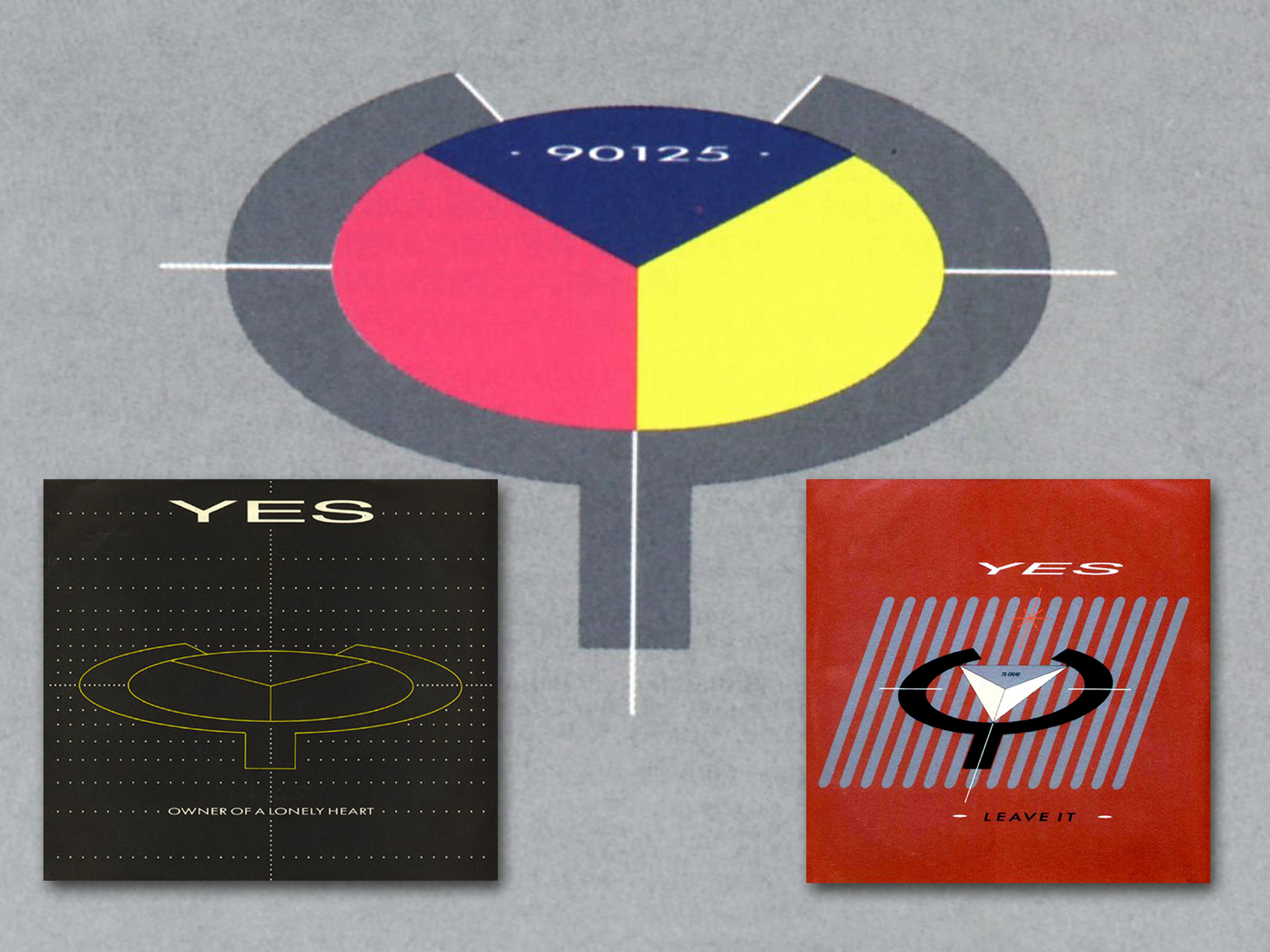
The design was certainly vastly different to any of their previous covers.
“I know some fans think that the sleeve was inappropriate but Yes wanted something completely different to the Roger Dean works, and were interested in using modern design technology as it fitted the new production techniques they were using. As for the album’s name, the band were coming up with ideas for names for the album such as ‘Reunion’. One day, I just suggested that they could just use the catalogue number. In fact, the album was originally going to be called 80102 but because they couldn’t get consistency worldwide with that number, it got changed to 90125. In fact, I’ve actually still got some rough tour t-shirts and sleeves with the original number on.”
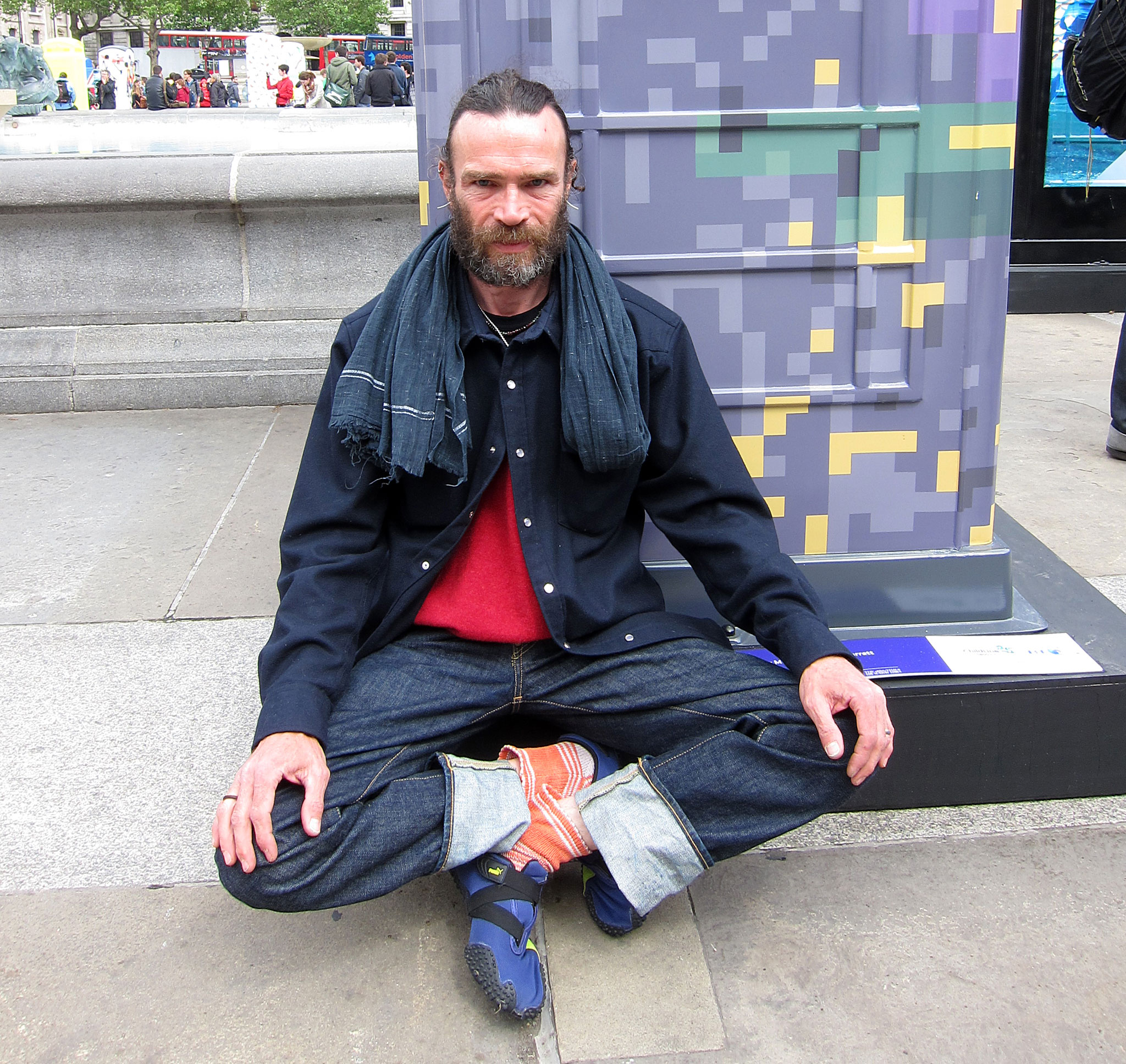
You were also responsible for the similarly themed design for their 1987 follow-up, Big Generator. That was an album that that due to internal tensions and constant disagreements took an eternity to complete. What do you remember about that?
“Well, I remember it took about five months just to get the band together in the same room! Eventually we had a meeting in Chris Squire’s flat in Chelsea, where all the band members gradually turned up, all apart from Chris who was in the bathroom for about an hour. He was actually late for a meeting in his own flat! Jon Anderson had an idea that he had put together for the sleeve, which was basically a drawing of a scroll. It was like something that you may have done at school.
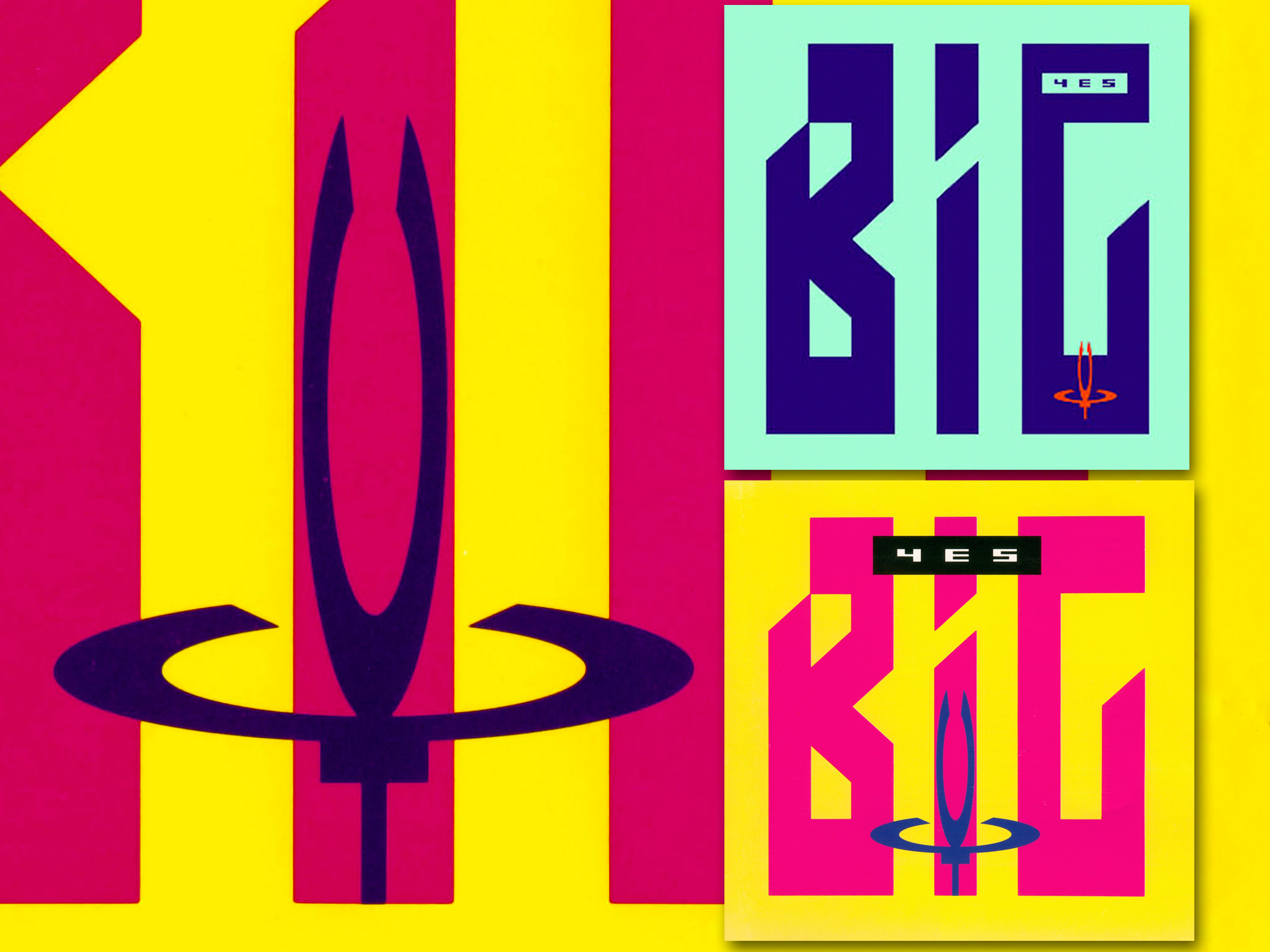
“I remember saying ‘I like where you’re coming from, but how about another idea’, with the band looking out of the windows, avoiding eye contact and leaving me to pay lip-service to Jon! So we eventually came up with something that everyone was happy with.”
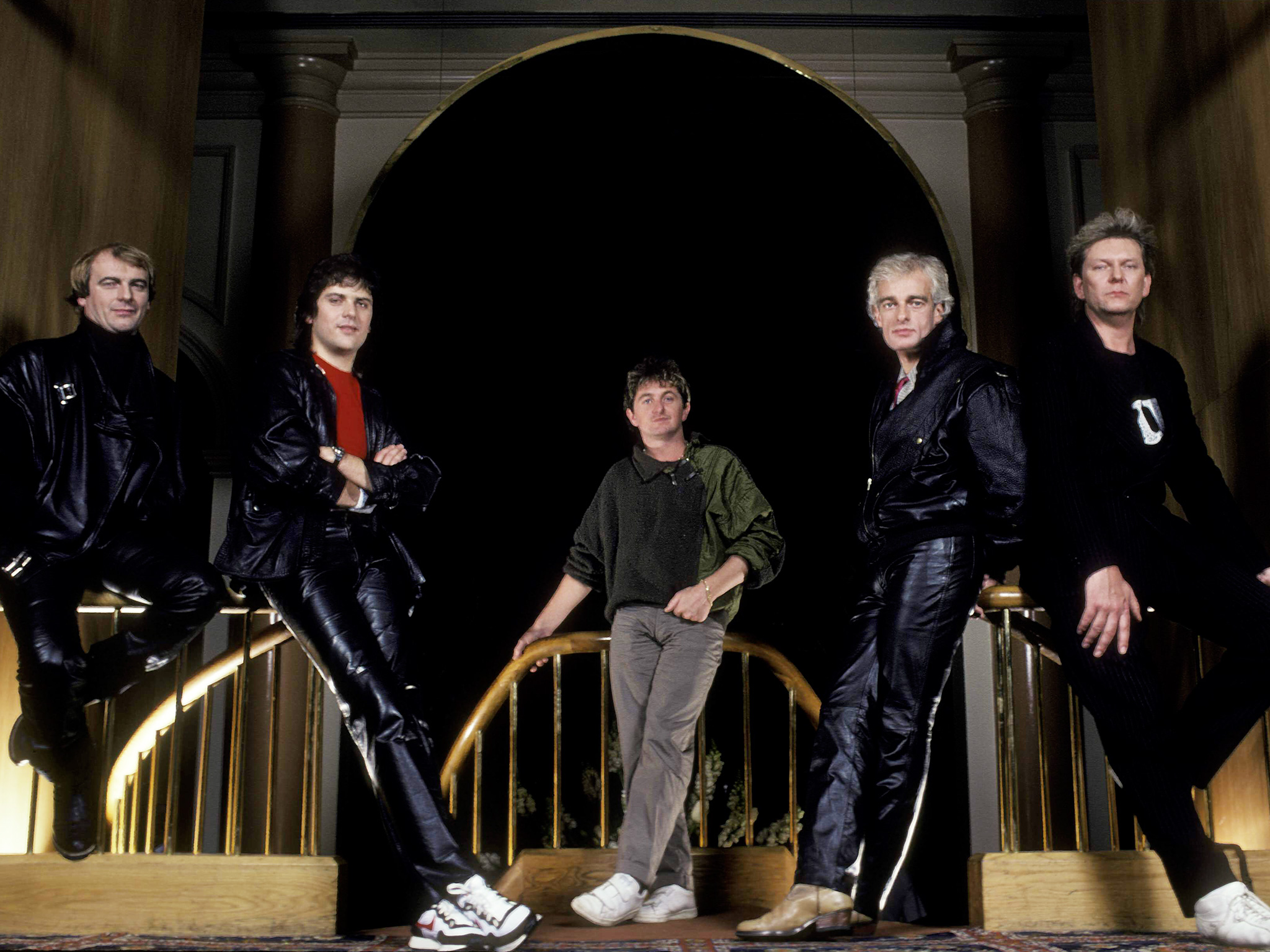
(Pic: Getty)
